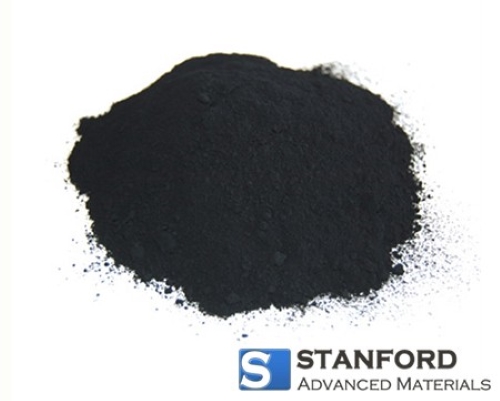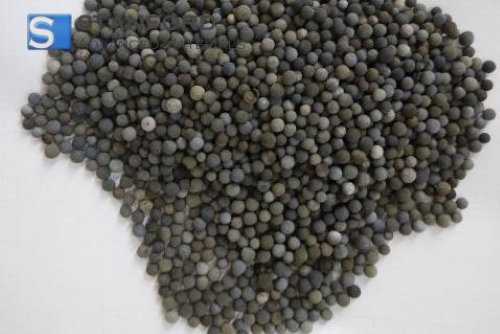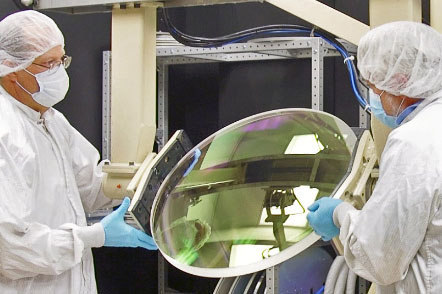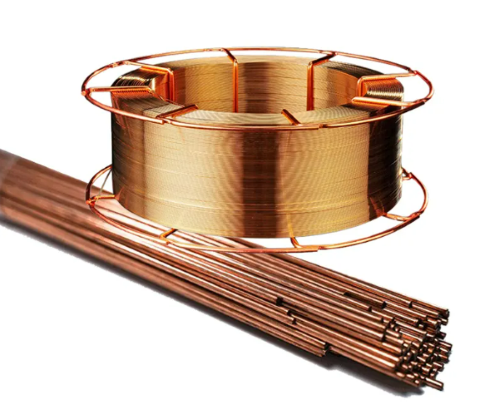Support Materials for Palladium Catalysts: Pd/C vs Pd/Al₂O₃
Introduction
Palladium (Pd) is one of the most widely used noble metals in catalytic reactions, particularly in hydrogenation, oxidation, and coupling reactions. Its ability to facilitate various chemical processes efficiently has made it a crucial component in numerous industrial applications, from automotive catalytic converters to pharmaceuticals and fine chemicals production.
To enhance its catalytic activity, palladium is often supported on a variety of materials, known as catalyst supports. These supports provide structural stability, high surface area, and additional properties that help improve the overall performance of the palladium catalyst.
In this article, we will discuss two of the most common support materials for palladium catalysts—Carbon (Pd/C) and Alumina (Pd/Al₂O₃)—as well as other support materials that are used to optimize palladium catalysis.
Palladium on Carbon (Pd/C)
Palladium on carbon (Pd/C) is one of the most popular forms of palladium catalysts due to its versatility and effectiveness in a wide range of catalytic applications. Carbon, typically in the form of activated charcoal, is an excellent support material for palladium due to its high surface area, porosity, and excellent adsorption properties. These properties allow the palladium nanoparticles to be well-dispersed on the carbon surface, which enhances the catalyst's overall efficiency.

Pd/C catalysts are frequently used in hydrogenation reactions, particularly in the hydrogenation of alkenes and other unsaturated compounds. The active sites of palladium facilitate the adsorption of hydrogen molecules, which are then activated and transferred to the substrate for the desired reaction. Carbon's high thermal stability and relatively low cost make it a preferred choice for many applications in the chemical and pharmaceutical industries.
One significant advantage of Pd/C is its easy regeneration. After deactivation, the catalyst can often be reused by simply reactivating it with hydrogen or by treating it with oxygen to remove surface impurities. This feature makes Pd/C both cost-effective and environmentally friendly, as it allows for multiple cycles of use.
Palladium on Alumina (Pd/Al₂O₃)
Palladium on alumina (Pd/Al₂O₃) is another widely used catalyst system, particularly in industrial applications such as petroleum refining and the production of fine chemicals. Alumina (Al₂O₃), a form of aluminum oxide, is a robust support material that provides high surface area, excellent mechanical strength, and good thermal stability. These characteristics make alumina an ideal support for palladium in catalytic reactions that require high-temperature conditions.

The surface properties of alumina, such as its acid-base characteristics, can influence the activity of the palladium catalyst. Alumina supports can be modified through different treatments to enhance their interaction with palladium and optimize their performance in specific reactions. For example, alumina can be impregnated with various promoters or modifiers to improve the catalyst’s selectivity, stability, and resistance to deactivation.
Pd/Al₂O₃ catalysts are commonly used in hydrogenation reactions, especially in the production of fine chemicals and pharmaceuticals. They are also employed in automotive catalytic converters to reduce harmful emissions. The high thermal stability of alumina allows Pd/Al₂O₃ catalysts to perform effectively under the harsh operating conditions often required in these applications.
Comparison of Pd/C and Pd/Al₂O₃
While both Pd/C and Pd/Al₂O₃ are widely used as palladium supports, they differ in several key aspects that influence their suitability for different applications:
--Surface Area and Dispersion:
Pd/C typically has a higher surface area and better dispersion of palladium particles due to the porous nature of carbon. This makes Pd/C more effective in reactions where maximum surface exposure is critical, such as hydrogenation. On the other hand, Pd/Al₂O₃ tends to have a lower surface area and can sometimes result in less uniform palladium dispersion.
--Thermal Stability:
Alumina provides superior thermal stability compared to carbon, making Pd/Al₂O₃ catalysts more suitable for high-temperature reactions, such as those encountered in petroleum refining and other industrial processes. Carbon, while still thermally stable, may degrade at higher temperatures, limiting its use in such conditions.
--Regeneration and Reusability:
Pd/C catalysts are relatively easy to regenerate through simple treatments like hydrogen or oxygen activation. However, Pd/Al₂O₃ catalysts may require more complex regeneration processes. Pd/Al₂O₃ also tends to exhibit better long-term stability in some applications, particularly those involving higher temperatures and harsher reaction conditions.
--Cost and Availability:
Carbon is generally cheaper and more readily available than alumina, making Pd/C catalysts more cost-effective for many laboratory and industrial processes. However, for more demanding industrial applications, the durability and stability of Pd/Al₂O₃ may justify its higher cost.
Other Support Materials for Palladium Catalysts
In addition to carbon and alumina, there are several other materials that can serve as supports for palladium catalysts, depending on the specific needs of the reaction. Some of these materials include:
- Silica (SiO₂): Silica is a common support material for palladium in reactions where high surface area and porosity are desired. Silica-supported palladium catalysts are often used in reactions such as oxidation and dehydrogenation.
- Zirconia (ZrO₂): Zirconia is often used in reactions requiring high thermal stability and resistance to chemical attack. Pd/ZrO₂ catalysts are commonly used in high-temperature hydrogenation and in fuel cell applications.
- Magnesia (MgO): Magnesium oxide is used as a support in reactions where basic catalytic properties are required. Pd/MgO catalysts are effective in various coupling reactions, including cross-coupling and coupling with aromatic compounds.
- Activated Clay and Other Metal Oxides: In some cases, palladium can be supported on activated clays or mixed metal oxides to enhance its activity in specific reactions, such as oxidation or selective hydrogenation.
Each of these materials can provide unique advantages in terms of surface chemistry, mechanical properties, and stability, making them suitable for a wide range of catalytic applications. For more information, please check Stanford Advanced Materials.
Conclusion
The choice of support material plays a crucial role in determining the Palladium catalyst's performance. Palladium on carbon (Pd/C) and palladium on alumina (Pd/Al₂O₃) are two of the most widely used supports, each offering distinct advantages depending on the application. Pd/C is ideal for hydrogenation and offers easy regeneration, while Pd/Al₂O₃ is more suitable for high-temperature processes and provides better long-term stability.
Other support materials, including silica, zirconia, and magnesia, are also important in specific catalytic applications, offering tailored properties to optimize catalytic activity. Understanding the role of different support materials helps in selecting the most effective palladium catalyst for a given reaction, enhancing both efficiency and sustainability in chemical processes.



